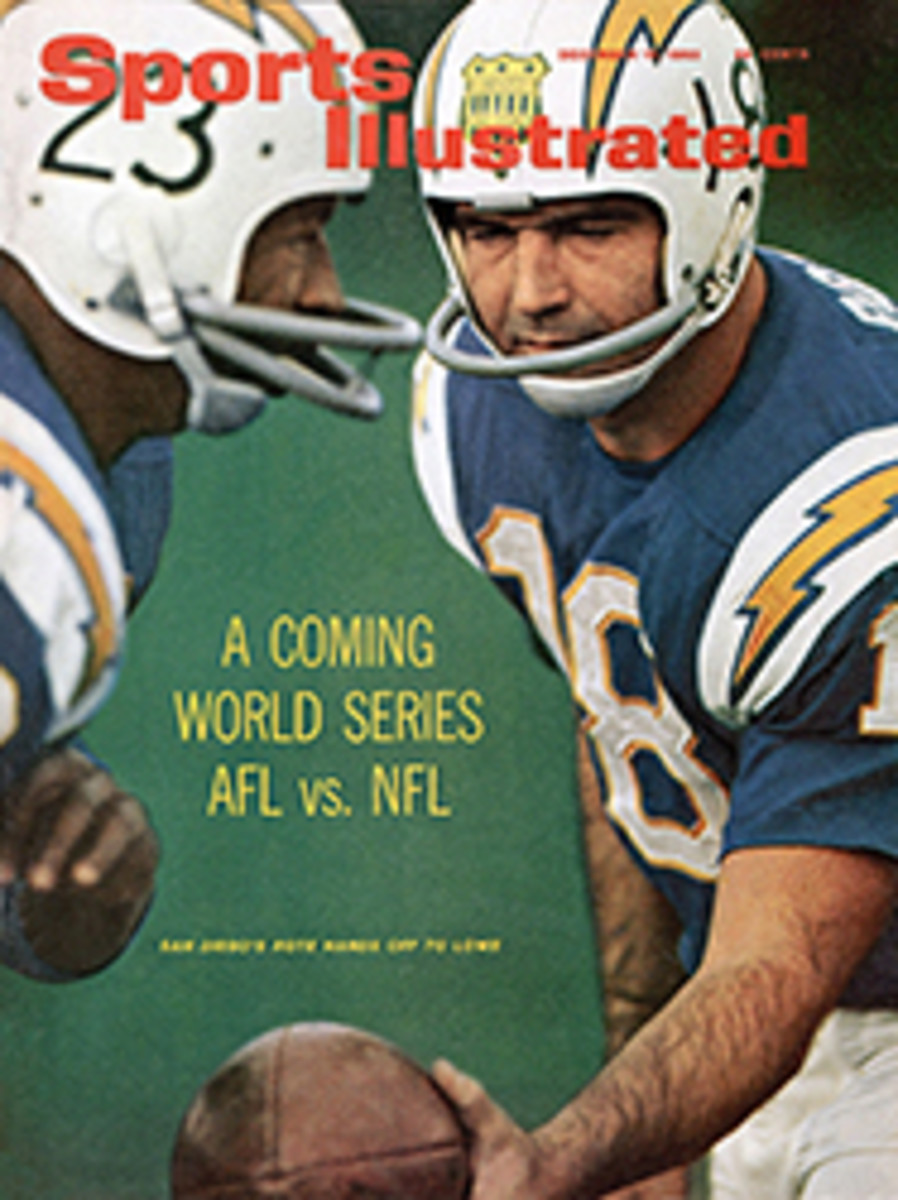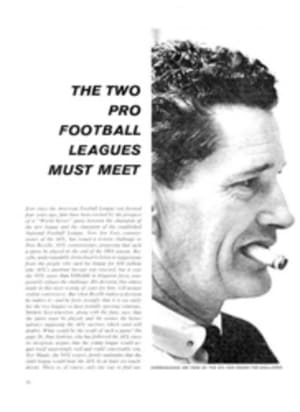
A BANNER YEAR FOR AMERICAN SKI CLOTHES
When the U.S. Olympic Alpine squad took off for two months of training in Europe two weeks ago, it was not only in the best shape of any U.S. Winter Olympic team (SI, Dec. 2), it was also the best outfitted. The skiers will parade, race and even wax their skis in uniforms that for the first time will be the equals of those worn by the Austrians, the Germans, the Swedes and the French, who took best-dressed honors in 1960. There will be no tossing of boots into the ocean, as there was on the way to St. Moritz in 1948, or dumping of uniforms on secondhand ski shops. When the 150 members of the U.S. team parade into the ski-jump area in their blue Edelweiss stretch suits with red and white stripes down arms and legs for the opening ceremonies on Jan. 29, they will look the part of a squad to contend with—not like timber cruisers in red trappers' hats, as they did at Cortina in '56. The Alpinists will race in the team's special pride, the navy Roffe stretch jacket and pants, made body-conforming but not confining by inserts of two-way stretch on the torso and in white stripes down arms and legs. All the rest of the gear, for the Nordic teams, the biathlon team, the skaters and the sledders, in competition and at ease in the Olympic Village—$60,000 worth in all, donated by U.S. manufacturers—measures up to the same high standards. Part of the credit goes to the tough supplies committee that refused to accept anything offered by overzealous manufacturers that a ski team did not need and could not wear with pride. The rest belongs to the makers of U.S. ski apparel, who are now producing ski clothes that compete with the best from Europe.
This week, as recreational skiers were giving ski shops across America the biggest pre-Christmas business they have ever had, they were no longer saying "Bogner" as a synonym for stretch pants nor were they looking down their noses at a made-in-U.S.A. parka. In fact, Anglo, the main supplier of U.S. ski stretch-pants fabric, has doubled its business this year. And the design of the most wanted parka in the country this season is a completely American innovation. It is the cartridge quilt, which has stretch within the quilting to make it fit almost as snugly as a racer's jacket, yet give comfort in action. Two cartridge quilts are illustrated above, the girl's by Ernst Engel, the man's by White Stag. McGregor's stretch quilts are the best-selling parkas in their new line of men's and women's ski clothes. Most of them have stand-up mandarin collars with hoods that are hidden away inside.
Other early made-in-U.S.A. successes in the ski shops this season are boiled-wool pullovers and jackets, dyed to match ski pants and made from fabric that is processed before it is cut—not boiled and shrunk afterward, as are the Austrian versions. Youngsters are buying stretch pants with "tracer" stripes to look like racers, or sewing stripes on their old pants. It is a good idea to be able to ski like a racer if you wear that look. Young skiers are also buying knickers—corduroy is the favorite, but stretch is coming up. Whatever the color, pants and parkas match. Women are buying pink, camel and mallard blue. The men are buying Burgundy red and black. In a year when the sleek look replaces the bulky one, the sleekest parka of all is tailored of black nylon ciré. It makes a girl resemble a wet seal in the snow.
PHOTO
FRED LINDHOLM
U.S. Olympic racers show off their team uniforms at Mammoth Mountain, Calif. before taking off for Europe. Gordi Eaton (left) and Rip McManus are wearing the racing uniforms. Margo Walters wears the women's parade suit, of blue stretch top and bottom with red and white stripes (men's suit is similar).
ILLUSTRATION

